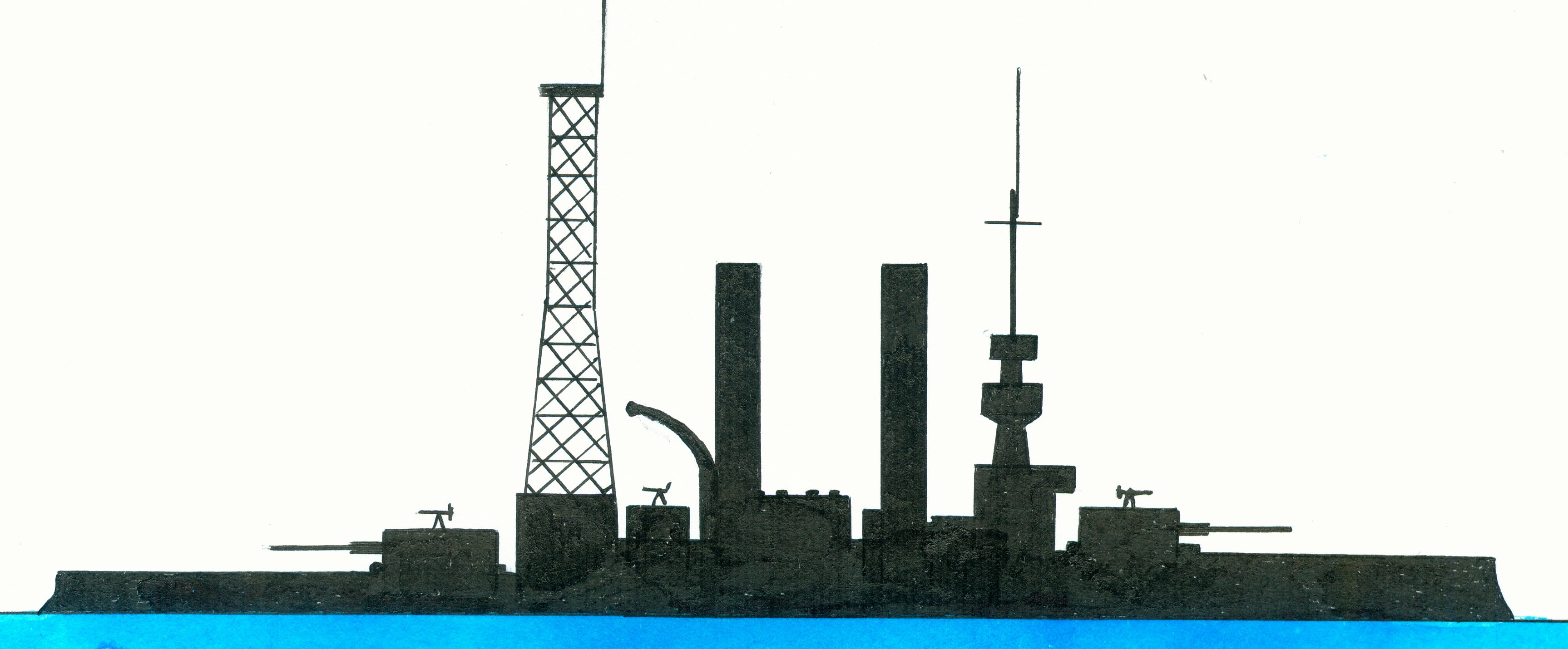Indiana-class
USS Iowa
Indiana-class consisting of the Oregon, Massachusetts and Indiana, preceded by the Maine and Texas and succeeded by the Iowa. The first American battleships which were comparable by the ones built for European navies although still for coastal defence tasks with a freeboard such low that it was dangerous to act on the open oceans.
Building ordered on 30 June 1890, laid down at Union Iron Works, San Francisco on 19 November 1891, launched by Daisy Ainsworth on 26 October 1893, sea trials on 14 May 1896, commissioned on 15 July 1896, decommissioned on 27 April 1906, modernized recommissioned on 29 August 1911, decommissioned on 4 October 1919, declared useless for warfare according to the Washington Naval Treaty regulations since January 1924, loaned to the State of Oregon becoming monument and museum at Portland, Oregon since June 1925, redesignated IX-22 in February 1941, sold and towed to Kalama, Washington, USA to be stripped in March 1943, hulked and converted into a barge handed over to the United States Court of Claims, stricken on 2 November 1942, used as ammunition barge at the battle of Guam (21 July-10 August 1944), stayed at Guam until she was sold to be broken up in Japan on 15 March 1956. Nicknamed Bulldog of the navy.
Displacement 10.453 (standard) tons and as dimensions 109 (waterline)-106,96 (over all) x 21,11 (waterline) x 8,2 metres or 350.11-358 x 69.3 x 27 feet. The machinery consisted of 2 sets vertical inverted triple expansion reciprocating steam engines and 4 originally 4 double-ended Scotch boilers (replaced after 1906 by 8 Babcock&Wilcox boilers) delivering 9.000 ihp (design) allowing a speed of 15 (design)-16,8 (trial). The crew numbered 473 men (included 32 officers). The Harvey and nickel steel made armour consisted of a 10,2/4”-45,7cm/18” thick belt, with the main gun turrets, main barbettes, secondary gun turrets, secondary barbettes and conning tower protected by respectively 38,1cm/15”, 43,2cm/17”, 12,7cm/5”-20,3cm/8”, 20,3cm/8” and 22,9cm/9”. The main belt was in most circumstances insufficient while it was too low situated. The armament consisted of 2x2-33cm/13” /35 cal guns, 4x2-20,3cm/8” 35 cal guns, 4x1-15,2cm/6” /40 cal guns, 205,7cm/2.2”/6pd guns, 6-3,7cm/1.5”/1pd guns and 6-45,7cm/18” Whitehead torpedo tubes. After 1907 were the 6” guns ant the major part of the smaller calibre guns replaced by 12-7,7cm/3” 50/cal guns and adding a lattice mast.


